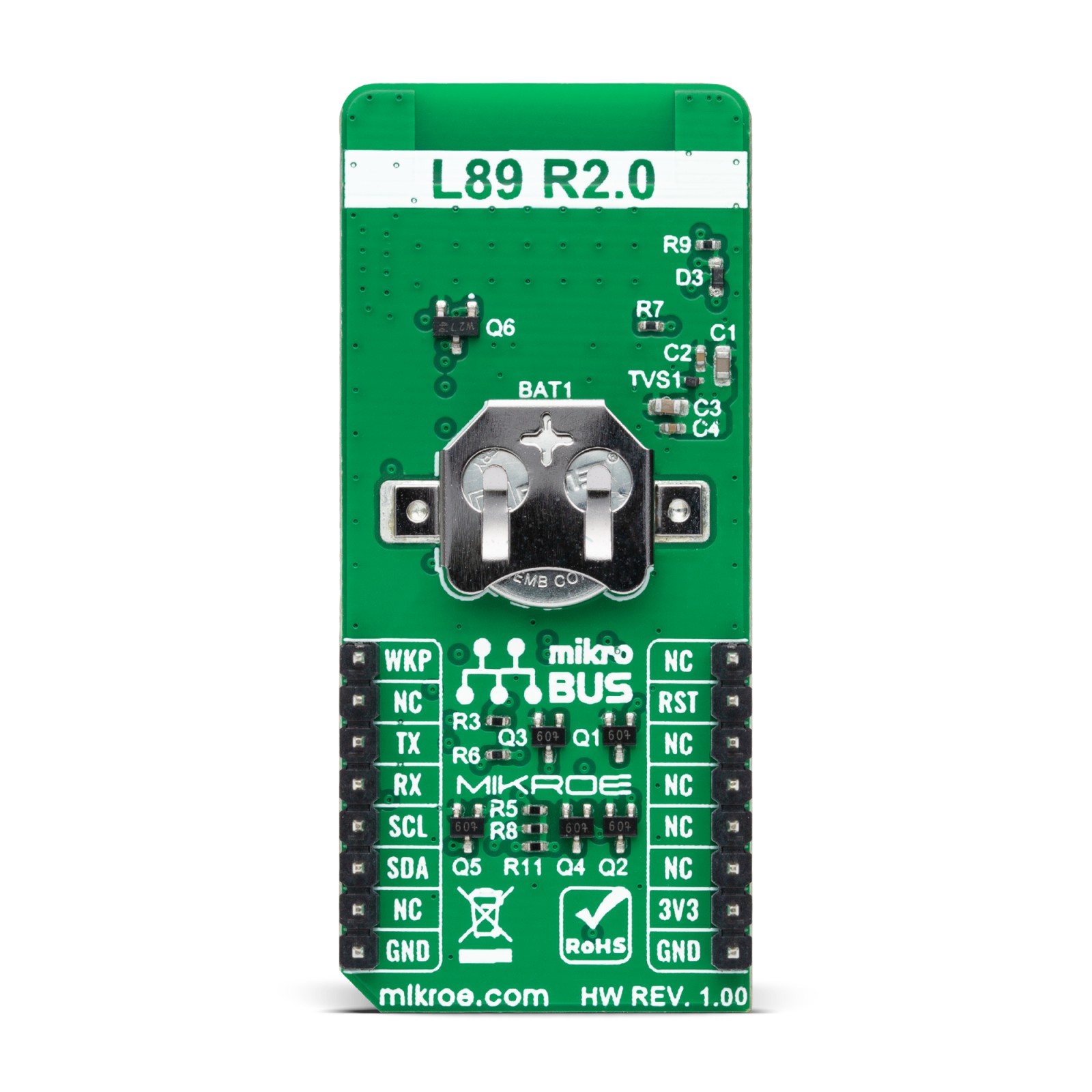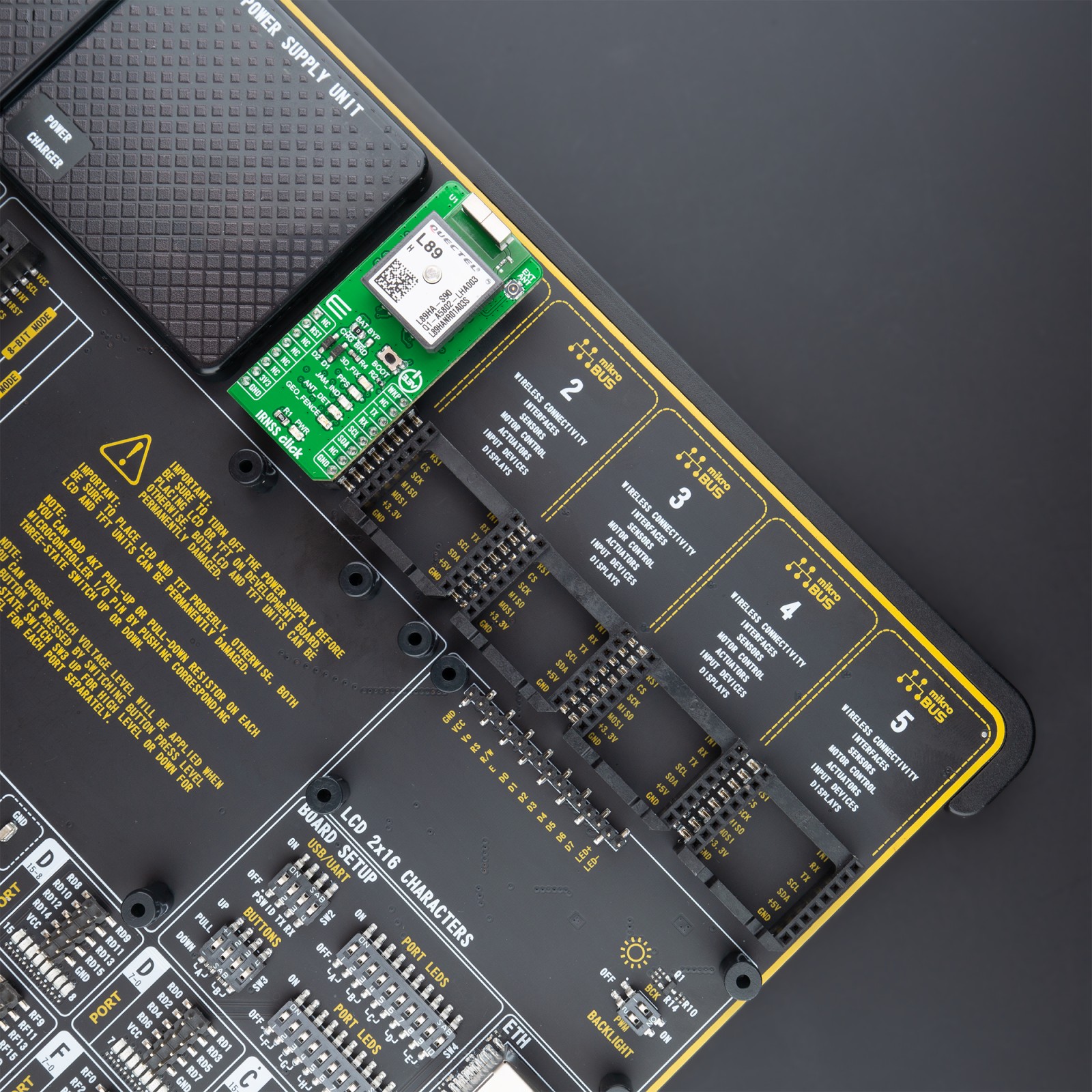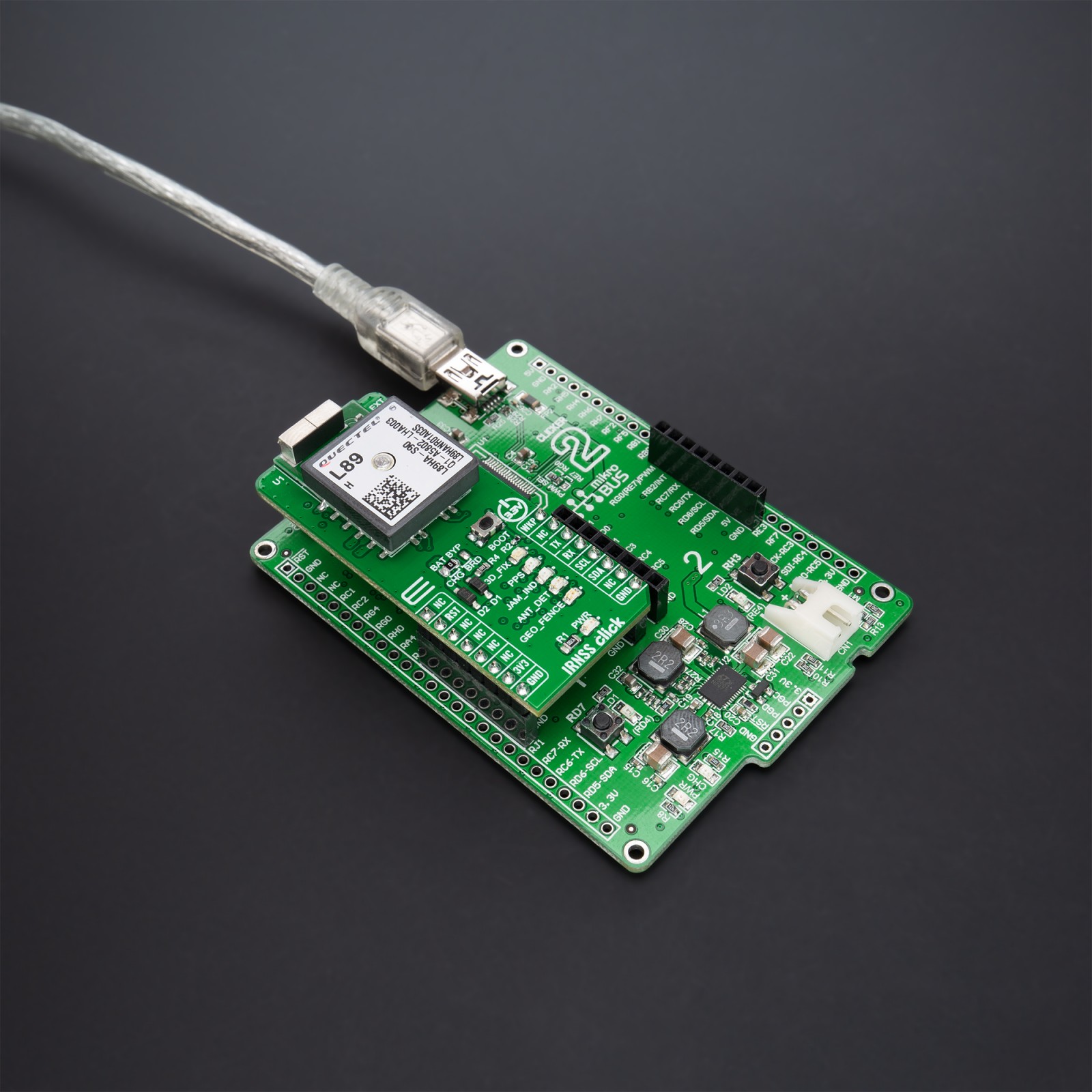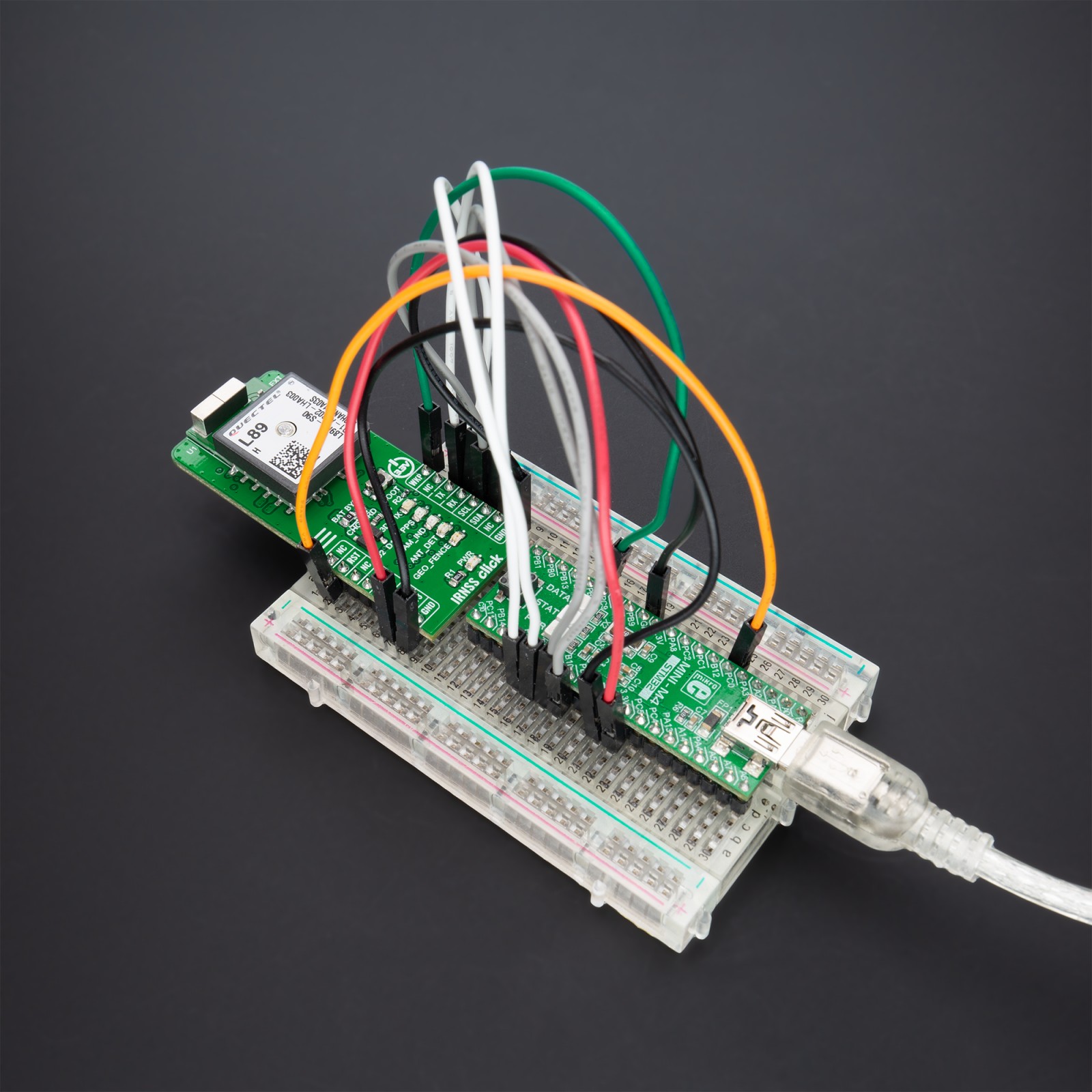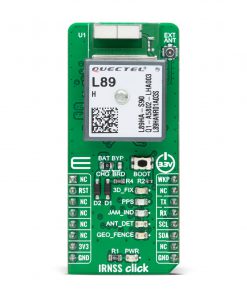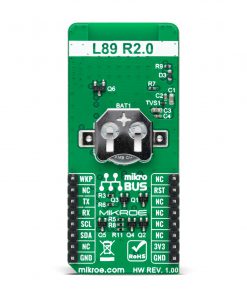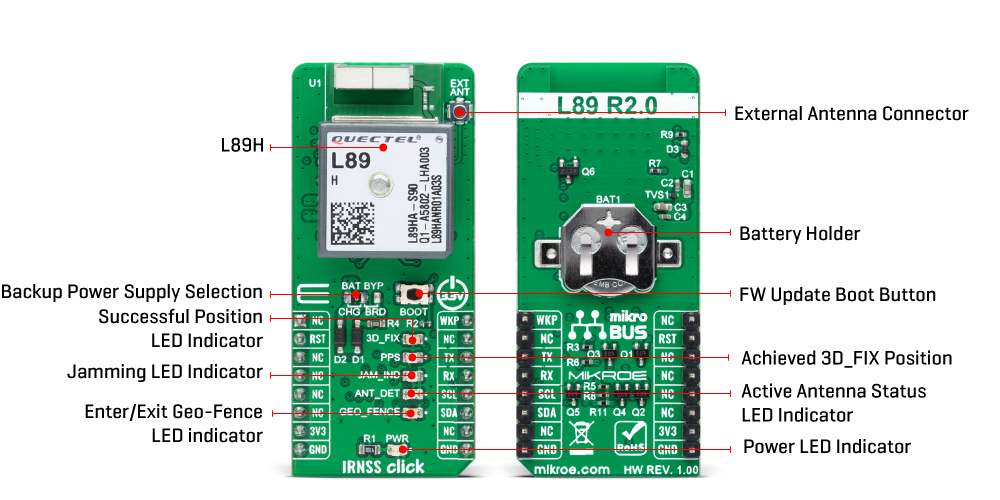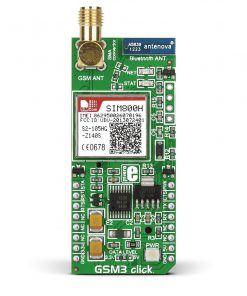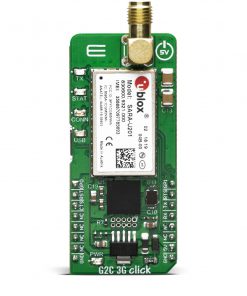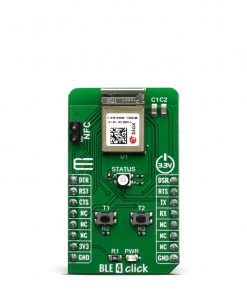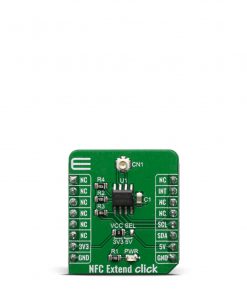-
×
 EXPAND Click
2 ×
EXPAND Click
2 × R260.00R234.00 -
×
 LPG Click
2 ×
LPG Click
2 × R335.00R301.50 -
×
 MPU 9DOF Click
3 × R550.00
MPU 9DOF Click
3 × R550.00 -
×
 Proximity Click
1 × R220.00
Proximity Click
1 × R220.00 -
×
 Alcohol Click
3 ×
Alcohol Click
3 × R335.00R301.50 -
×
 microSD Click
1 ×
microSD Click
1 × R355.00R319.50 -
×
 GPS Click
4 ×
GPS Click
4 × R1,050.00R945.00 -
×
 DAC Click
1 ×
DAC Click
1 × R410.00R369.00 -
×
 Accel Click
1 ×
Accel Click
1 × R355.00R319.50 -
×
 3D Motion Click
1 ×
3D Motion Click
1 × R1,050.00R945.00 -
×
 RTC Click
2 ×
RTC Click
2 × R390.00R351.00 -
×
 BEE Click
1 ×
BEE Click
1 × R800.00R720.00 -
×
 ccRF2 Click
1 ×
ccRF2 Click
1 × R800.00R720.00 -
×
 tRF Click
2 ×
tRF Click
2 × R1,050.00R945.00 -
×
 Alcohol 3 Click
2 ×
Alcohol 3 Click
2 × R710.00R639.00 -
×
 WiFi Plus Click
1 ×
WiFi Plus Click
1 × R2,250.00R2,025.00 -
×
 METHANE Click
1 ×
METHANE Click
1 × R335.00R301.50 -
×
 RS485 Click 5V
1 × R235.00
RS485 Click 5V
1 × R235.00 -
×
 RN4678 Click
1 ×
RN4678 Click
1 × R855.00R769.50 -
×
 GSM Click
1 ×
GSM Click
1 × R1,050.00R945.00 -
×
 HYDROGEN Click
1 ×
HYDROGEN Click
1 × R335.00R301.50
Subtotal: R19,499.50



